Wendy Carlos (1979)
She was the first transgender person to appear in PLAYBOY. But she didn’t appear splayed across a photo layout, with her genitals in full color for the prurient curiosity of its mostly male readership. No, she exposed herself in a far more intimate way.
CARLOS: Although I was born male, from my earliest days I’ve felt female, and the conflict finally became so terrible I had to take the ultimate step---to become a female in body as well as mind. Incidentally, I wish the word transexual hadn’t become current. Transgender is a better description, because sexuality per se is only one factor in the spectrum of feelings and needs that led me to this step.”
You should be aware that Wendy Carlos’s coming out reveal appeared in one of the largest selling periodicals of the late 1970s. PLAYBOY was selling over 5 million copies per month in 1979, when this issue was published. And among the many firsts accomplished by Carlos in her life, her usage of the word “transgender” here was likely the first time most people had ever heard the term.
Wendy Carlos from PLAYBOY (May 1979)
INTERVIEWER: So transsexuals aren’t necessarily former homosexuals?
CARLOS: No. There are as many straights as gays. It’s important to differentiate between choice of sexual preference---which could be hetero, bi or homo---and transsexuality, which is a matter of gender identification.
Ignore for the moment, the interviewer’s insistence upon using “transsexual” instead of Carlos’s preferred descriptor of “transgender.” Focus instead on Carlos’s explanation between sexual preference and gender identification. Again, probably the first time anyone had discussed it in a widely read forum.
Born November 14, 1939, in Pawtucket, Rhode Island, Carlos grew up in post-war America, Eisenhower era America, which was ripe with institutional intolerance of racial and sexual discrimination and religious guilt. Carlos’s Roman Catholic upbringing allowed no other option.
INTERVIEWER: This may be an odd way of putting it, but...when you were a little boy, when did you first feel like a little girl?
CARLOS: My awareness of it happens to be one of my first memories---when I was about five or six and didn’t even know there was a real difference between boys and girls. It seemed to me the only differences were the length of hair and, to some extent, the kind of clothing kids wore.
Just about every transgender person had the same thoughts as a child.
Carlos began taking article of her mother’s clothing and wearing them. Her parents just thought she was playing Halloween dress-up.
CARLOS: By the time I was ten, it became harder to do it, but occasionally, I’d still sneak a piece of my mother’s clothing down to the cellar when no one was home and wear it.
She started playing piano around age six and by the time she was ten years old, Carlos had composed her first piece of music. Perhaps even more impressive, she built her first home computer when she was fourteen. In 1953.
Carlos attended the all-boys Catholic St. Raphael Academy for high school, where in 1958, she was featured in the school yearbook for her audionics project. But while Carlos excelled academically, finding a way to fit in with her classmates was another matter.
Carlos posing with audionics project, THE RAPHAELITE YEARBOOK (1958)
CARLOS: Later on, in high school, the problem reached a peak. I was feared because the kids knew I didn’t go to school dances, and was completely stigmatized.
The started using terms like pansy and fairy. Naïve me, I didn’t quite know what those terms meant, but I knew what they implied.
INTERVIEWER: Do you remember having any fantasies that were specifically sexual?
CARLOS: No, my fantasies were more sensuous than sexual. Like cuddling. Or the love of silk or satin rubbing against my skin. But as far as sex goes, it’s amazing how little I thought---or knew---about sexual matters of any kind.
Carlos attended Brown University where she go to pursue her interest in music.
CARLOS: But otherwise, it was anguish. It became more and more difficult to block my feelings.
I became alienated from my college peers---both men and women---and it became a kind of mental torture. I felt set apart. I felt that nature had made a cruel mistake. That’s a cliché, but that’s how I felt. Extreme confusion. From time to time, I was able to repress it and---I don’t know, maybe I thought I’d close my eyes one day and suddenly wake up and find I was a woman.
By the time she was working on her master’s degree in physics at Columbia in 1962, Carlos was introduced to electronic music. At the same time, though, her growing unhappiness with her gender dysphoria was becoming unbearable.
CARLOS: It was in the fall of 1962, when I came to New York as a graduate student at Columbia. I had become extremely despondent, and the idea of suicide was becoming stronger and stronger in me. There was a period, perhaps a little later than that, when I was daily taking a razor to my wrists and wondering...
Along with her the professor who introduced her to electronic music, Carlos attended the Audio Engineering Society show in New York City in 1964. There, she stopped by the Moog Company exhibit and met its founder, Robert Moog. Carlos became one of his early customers when she purchased her own small Moog Synthesizer in 1966. She got a job using it to make sound effects and music for television commercials.
Soon after, she made the acquaintance of Rachel Elkind, a co-worker at Gotham Recording and a jazz singer. Elkind, a classical music lover, would prove to be the catalyst for the next aspect of Carlos’s career.
But at the same time, Carlos happened upon a book.
CARLOS: I finally read a book by Dr. Harry Benjamin called The Transexual Phenomenon. I was still in bad shape personally, still feeling suicidal. Dr. Benjamin’s book was the first to give adequate coverage to the psychical needs, the emotionality, the personal descriptions of other people who shared my strange condition.
So at some point in the fall of 1967, I summoned the courage to call the Benjamin Foundation and make an appointment.
By early 1968, the doctors began to prescribe estrogen, progesterone and pituitary hormones as a possible way for ‘curing’ me of the syndrome. I didn’t go in demanding an immediate sex-change operation. There was a lot of taking first about alternative methods of dealing with one’s condition, a lot of looking at the evidence.
INTERVIEWER: How did you assess the evidence in your case?
CARLOS: At first, I was confused. I thought I had to come up with physical proof. But then I realized the proof was within myself. The only evidence I had was the history of my feelings.
Rachel Elkind and Carlos (c. 1968)
In the spring of 1968, Elkind proposed the idea to Carlos of making an album of Johann Sebastian Bach music using the synthesizer. The result was the groundbreaking “Switched-On Bach” in October 1968. It ended up being one of the biggest selling albums of the year and winning three Grammy Awards in 1970. It also introduced the synthesizer to pop music, making it one of the greatest innovations in modern music.
“Switched-On Bach” (1968)
Yet, Carlos had to navigate her new-found fame while keeping a huge personal secret. By May1969, she had begun living full-time as a woman.
In the few interviews and television appearances she agreed to, Carlos desperately tried to disguise her feminizing features which the hormones had begun to affect. In the PLAYBOY interview, she described the preparations she made for the one concert appearance she made during this period, with the St. Louis Symphony in December 1969.
CARLOS: I pasted on my sideburns and put on a wig to hide my hair, which was pretty long at the time and streaky. I filled my pores with dirt from an eyebrow pencil to simulate five-o’-clock shadow. I tried to lower my voice as bottom-heavy as it could get. Tried to be macho. It couldn’t have mattered less.
Carlos from a BBC television interview (1970)
Consequently, she just avoided personal appearances. Elkind, who was also her roommate, provided a buffer. She would make excuses for Carlos’s absences when people would stop by their apartment, and she would do the same if someone called.
Carlos followed up the success of “Switched-On Bach” the next year with “The Well-Tempered Synthesizer,” which was also a hit, albeit not as big as her first album.
Then circa 1971, Carlos had just finished the novel A CLOCKWORK ORANGE by Anthony Burgess, when she read that director Stanley Kubrick was making a film based on it. She immediately contacted him and offered to write the soundtrack, to which Kubrick agreed. The resultant soundtrack was a perfect match to the futuristic, hyper-violent movie Kubrick had made.
“Walter Carlos’ Clockwork Orange” (1972)
Not long after, in 1972, Carlos made the greatest change to her life possible.
INTERVIEWER: Were you psychologically prepared by the time the [gender-affirming] operation took place?
CARLOS: Yes. Don’t forget the operation, though it’s the thing that may be the most important in the public’s mind, is really the least important or the interesting thing to me. By that time, you have usually made the adjustment and you are living in your new role. Certainly I was. I had hormones in my body. My secondary characteristics had largely been altered. The operation was just to make the genitals match.
Carlos became a recluse. She continued working on her music in the privacy of her home studio. But sometime in the late 1970s, singer Elly Stone contacted writer Arthur Bell about a “transsexual” famous friend of hers who was “thinking of spilling the beans, of quietly stepping out of the closet.” Stone asked Bell if he would be willing to interview her friend. He readily agreed.
Carlos in KEYBOARD (Nov. 1982)
It would be almost two years before the interview took place, producing an 800 page manuscript that had to be whittled down for its publication in the May 1979 issue of PLAYBOY.
Being destined for PLAYBOY, of course much of the interview bluntly focused on the sexual aspects of being trans. And Carlos, at times to the discomfort of the interviewer, was bluntly honest when answering his questions.
Needless to say, but the revelation that this world-famous musician was transgender, stunned everyone outside of a small handful of friends. In the years since, Carlos has granted many more interviews and posed for many photos. She also maintained her own blog and website for years.
Carlos and cat (2007)
Wendy Carlos, electronic music pioneer, best-selling musician and transgender icon, is still with us as of this writing.


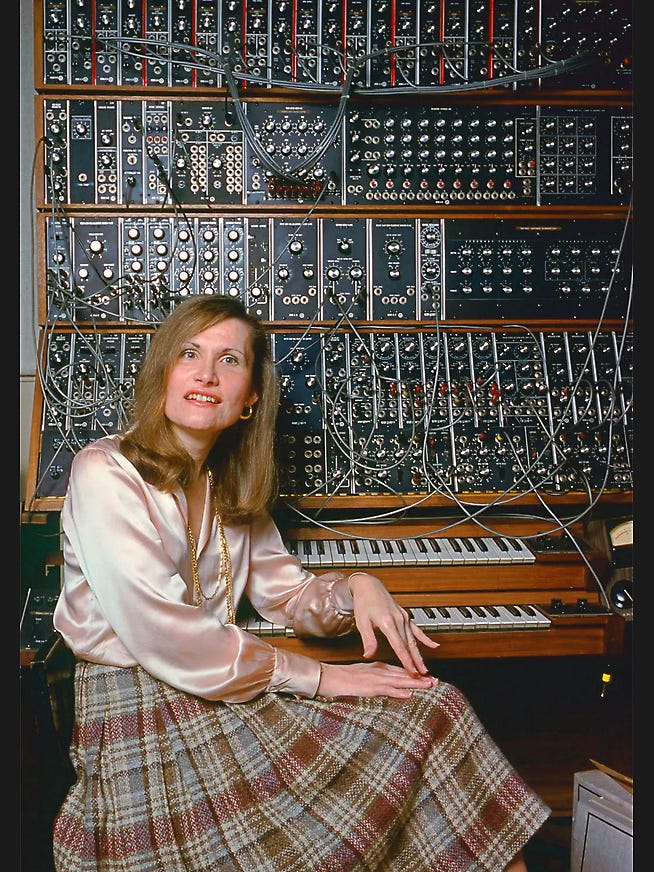
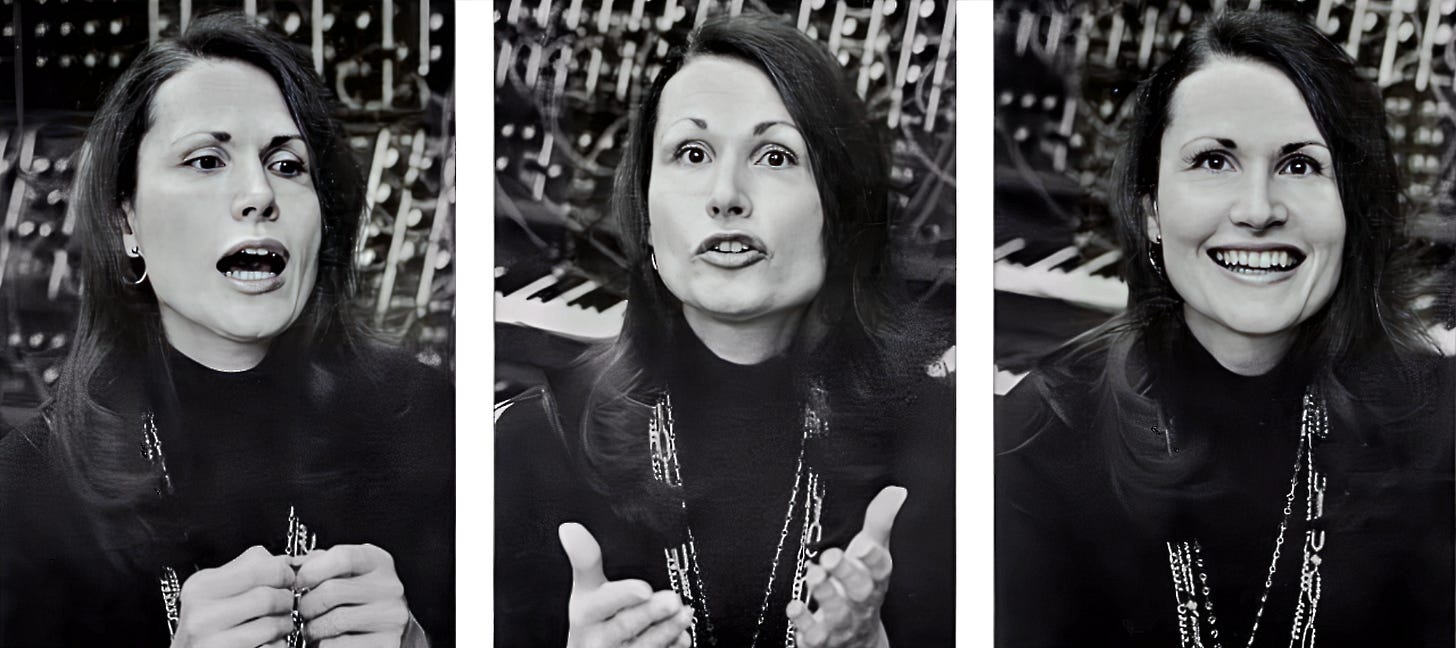
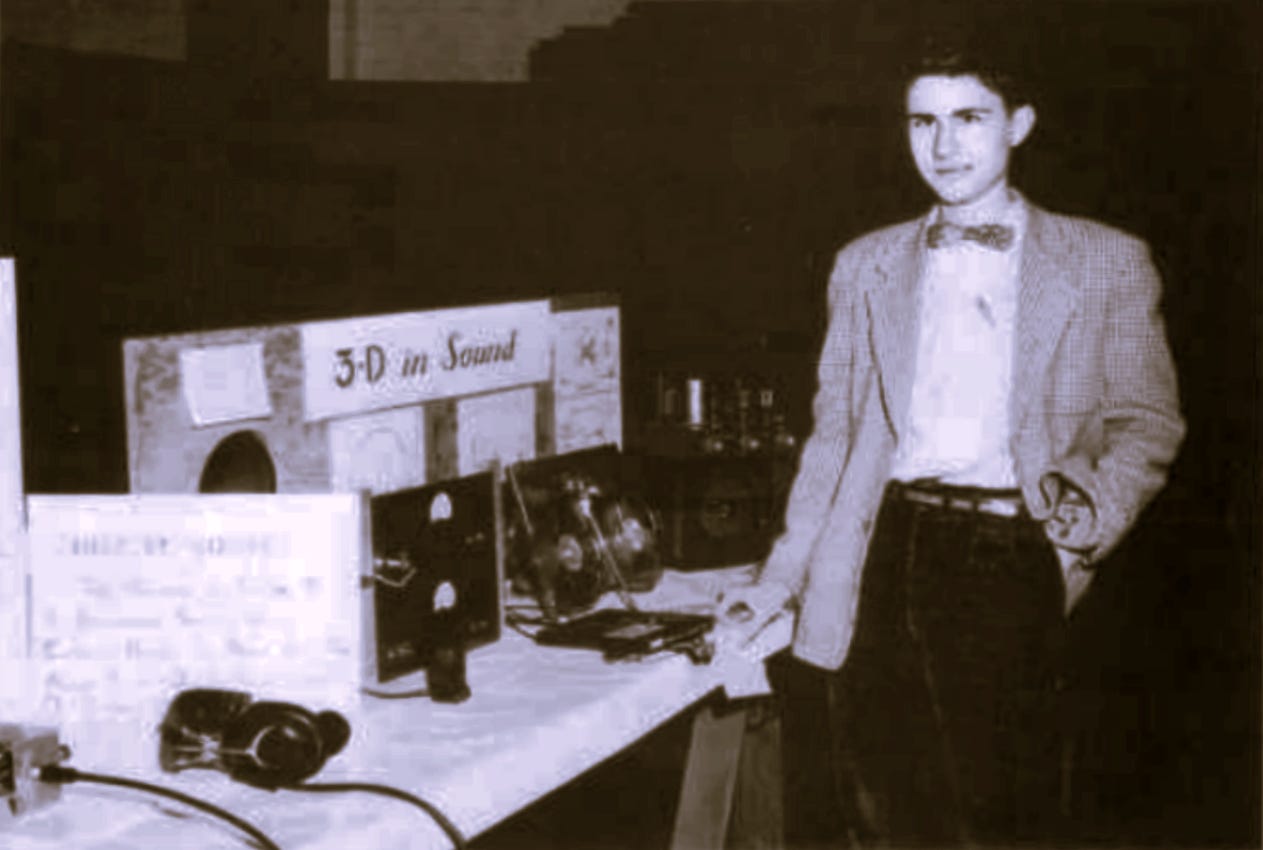
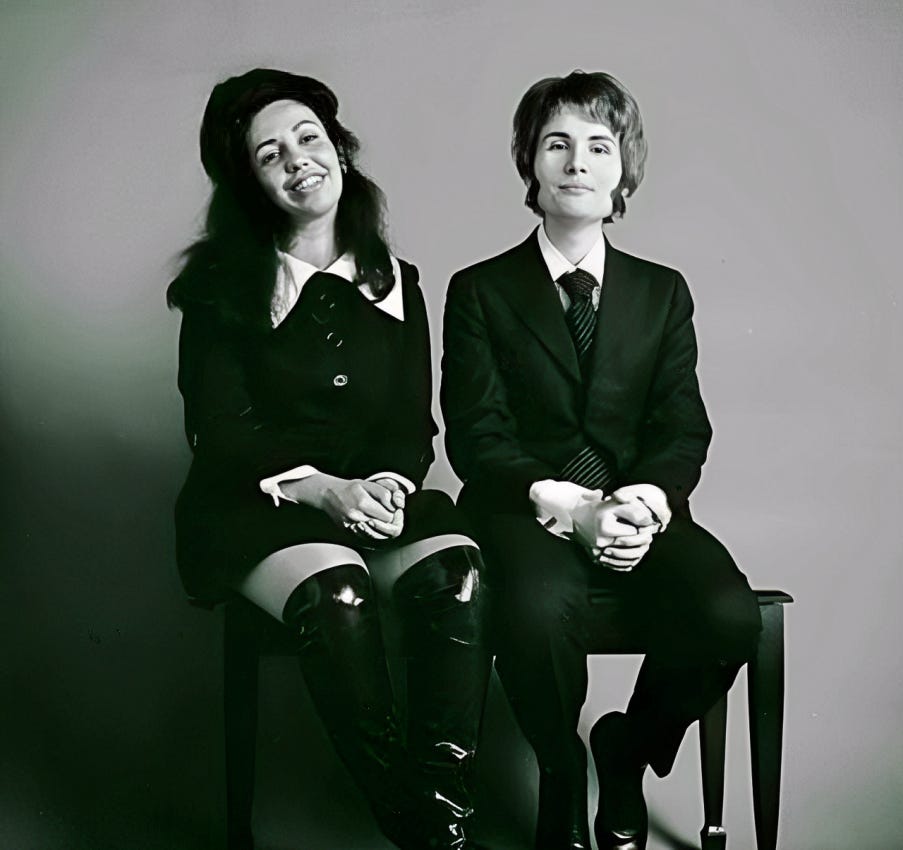
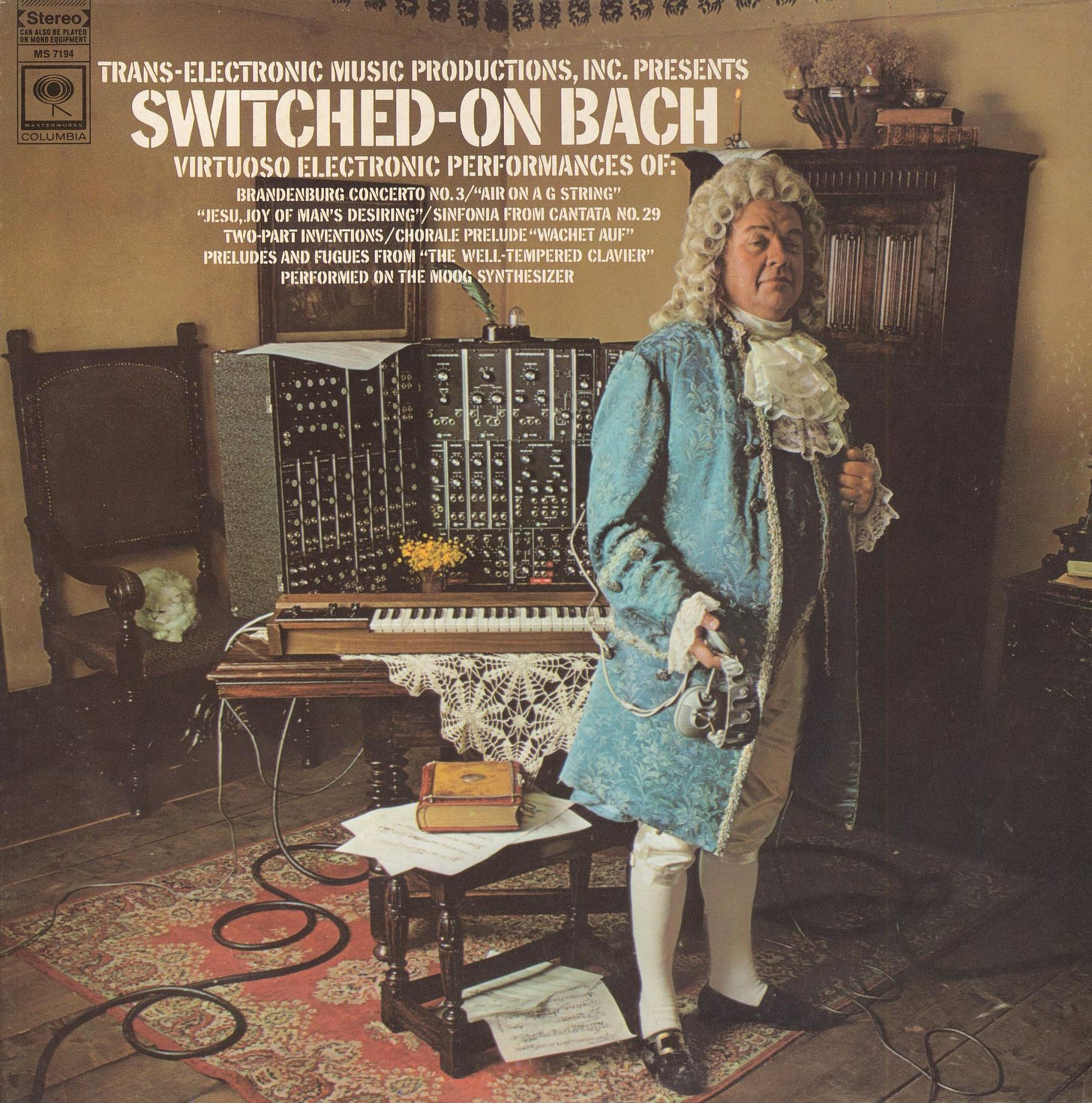
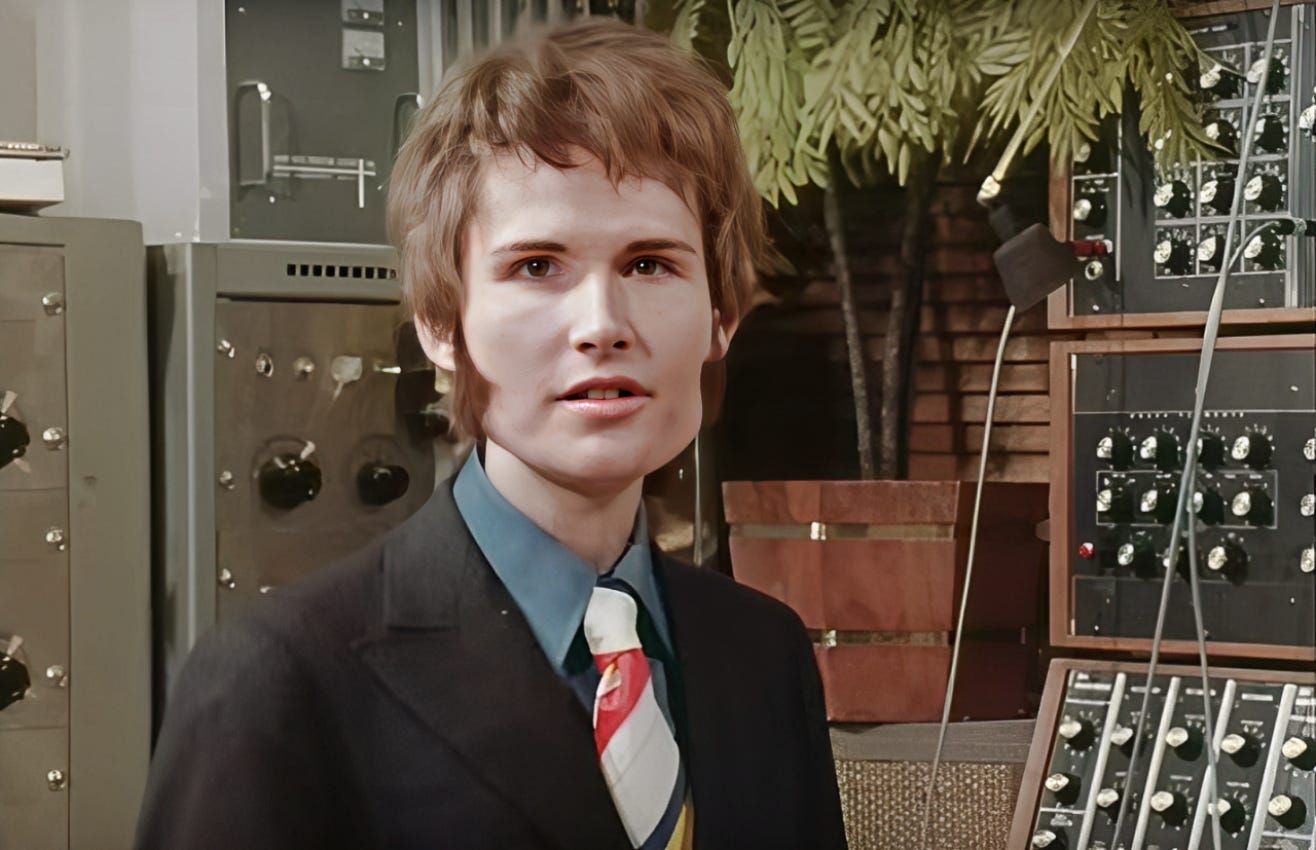
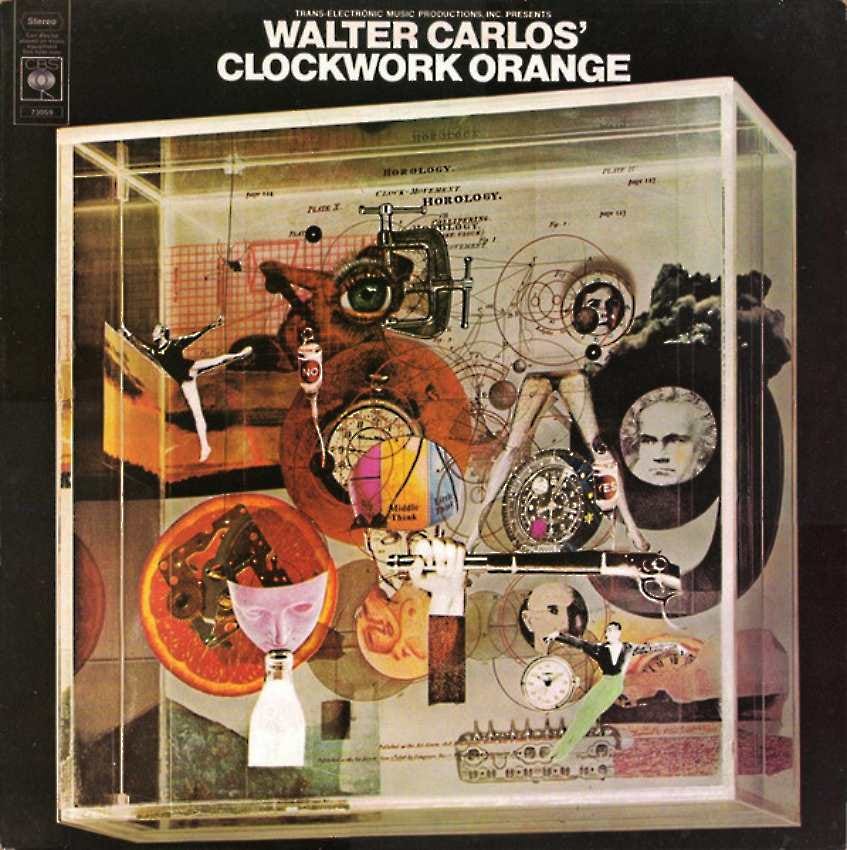
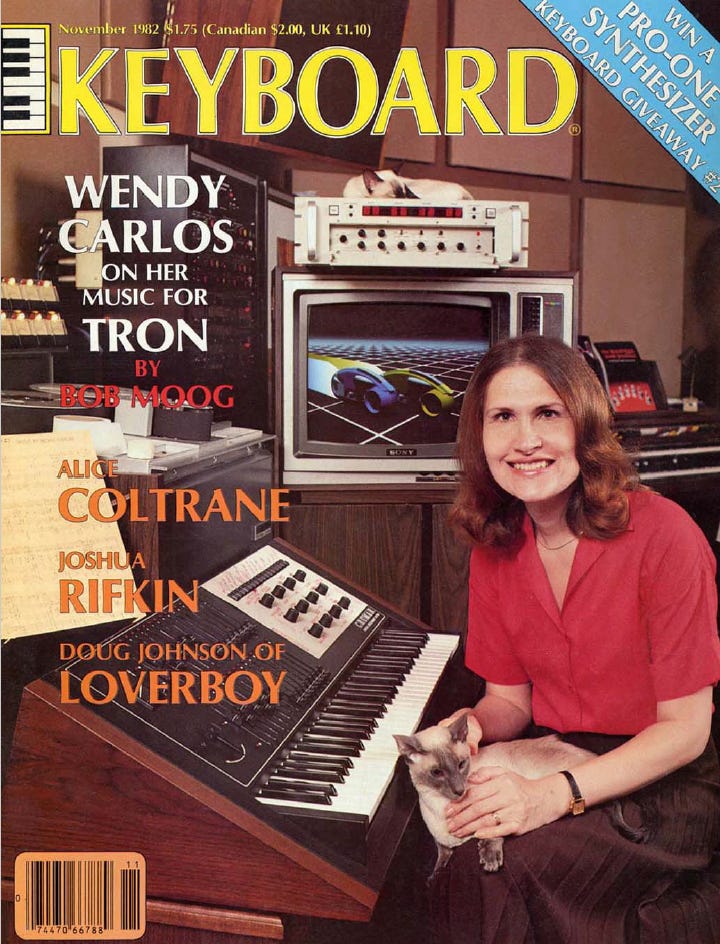
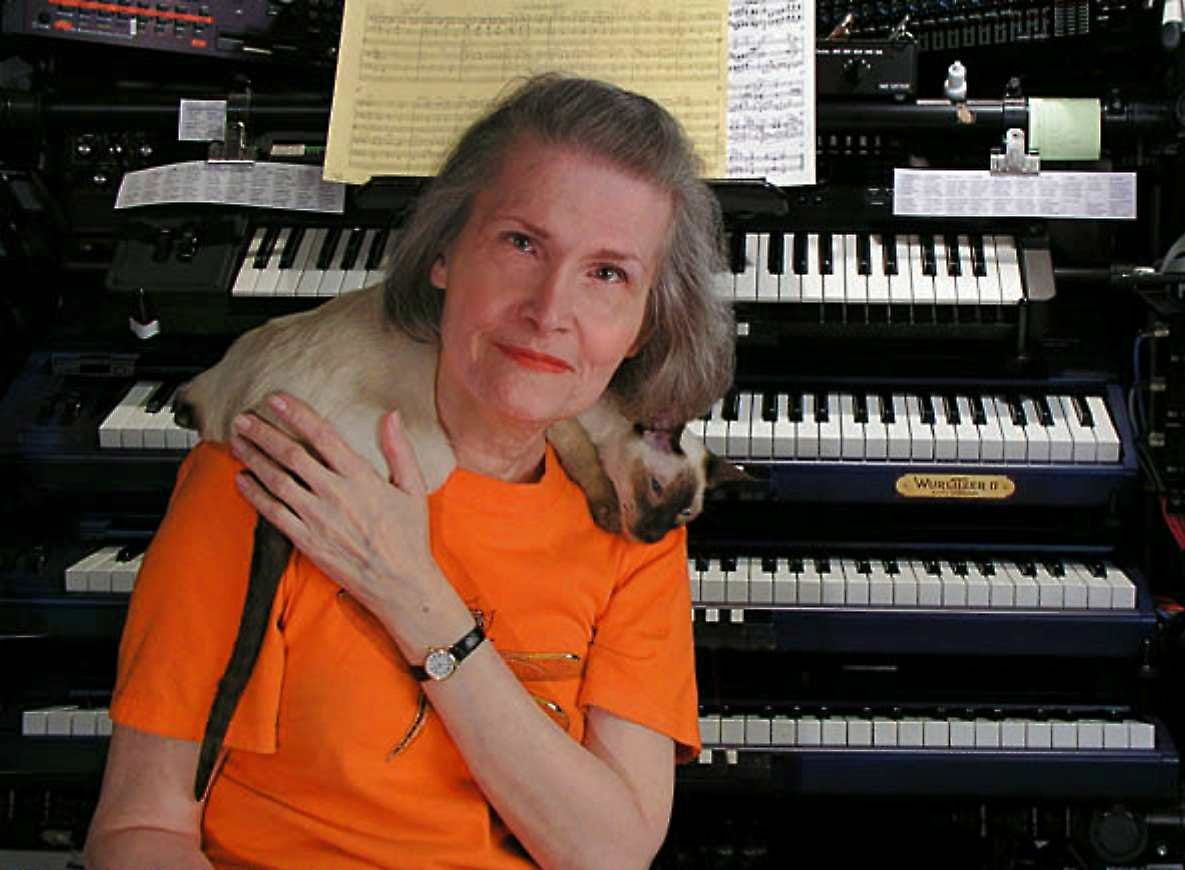
Thank you - I really enjoyed that! I'd question the claim about the universality of early feelings about gender. Yes, they match my own but they sound a little too neat and match The Story (as Doc Impossible/ Stained Glass Woman) puts it that trans people learned to appease gatekeepers. As a younger trans friend (28) told me (46), '...people like me are the unicorns...' and most in her experience don't know until after the onset of puberty. Wendy is so articulate but even she may be performing what's expected.